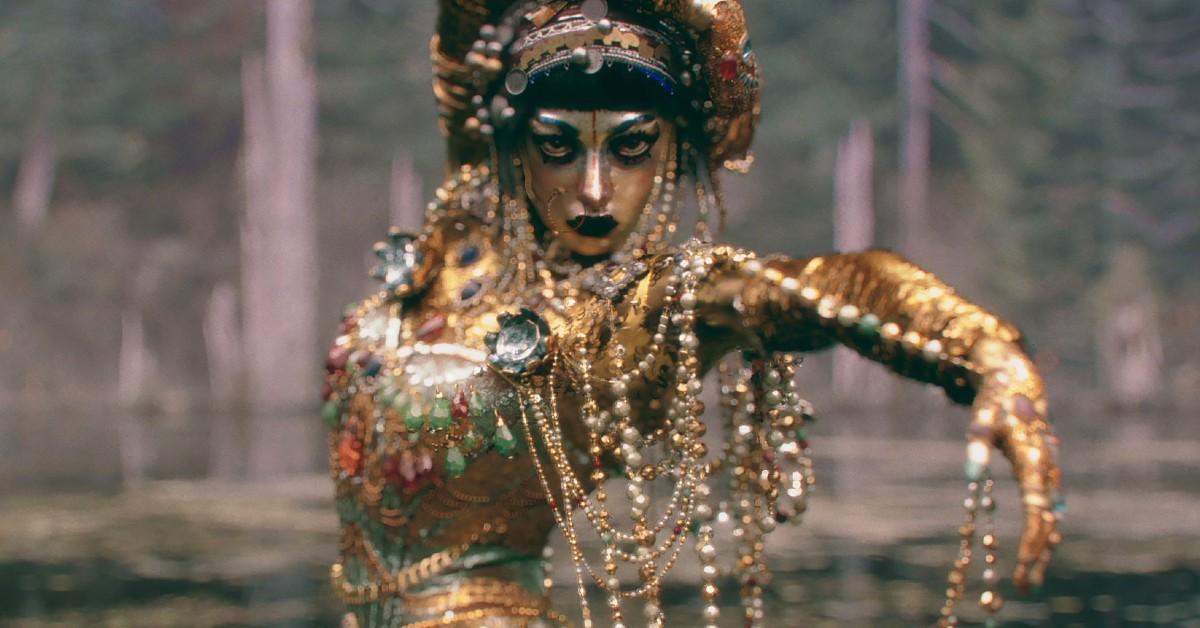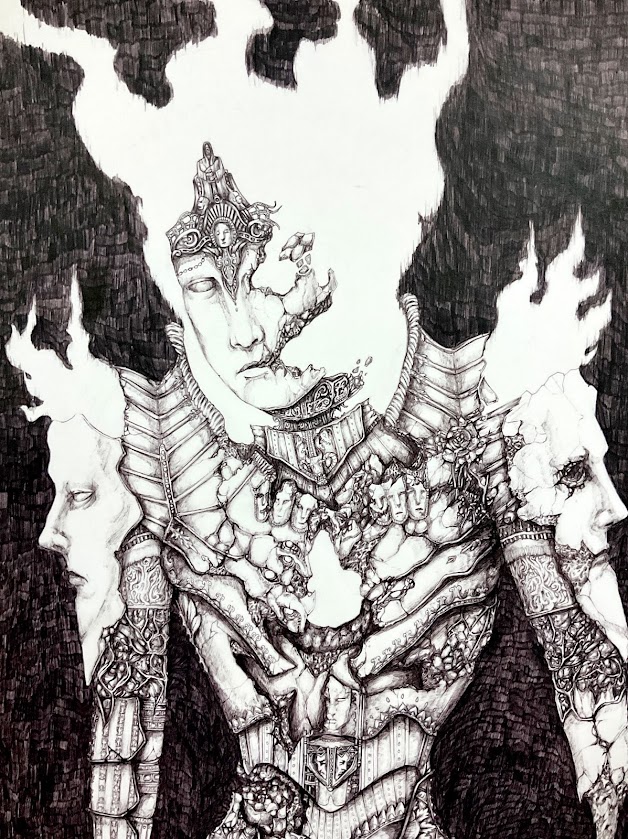Sunday, June 26, 2022
Southeast Asia in Fantasy (or how PSYCHOPOMPS is about death)
Friday, June 24, 2022
The Exorcised Cities live, amidst the dead world
The Exorcised Cities of Liurza are a complicated intersection of city, state, territory and gang. They are the last bastions of human civilisation, the final seeds from which humanity may bloom after the Shattering. Each of them represent a mortal tenacity, an ingenuity and innovation built upon a reckless clinging to life. There is tension, a byproduct of decades of isolation and a deep mistrust. Brutal landwars and realpolitik is at play, the Cities famously "unrivalled under the sun, except for one another". Yet, they cling to each other in trade, their impenetrable gates wide open for the rich merchants that travel the White Roads. These immense highways of white salt (and the cartloads of silver that ride on them) are the sole reason Liurza remains a united country. Only the City of Parakris, the Sky-piercing Blade of the Heavens, is truly separated, by mountain first, undead horde second and forest of knives third.
Corphaksa:
The Divine Spider sits upon its crystalline web of ivory roads, its every move sending shockwaves and reverberations. Corphaksa is the First and Greatest amongst the Exorcised Cities, the centre of Liurzan sovereignty and the heartbeat of its trade. From its architects came the salt walls that make up much of Corphaksa proper, as well as the spanning White Roads that bring seafood from the east, iron from the north and trinkets from the south. It sits upon the lip of Lake Yan, deathly to the sip. Corphaksa is said to be the City of many gods, and indeed we see rows and rows of temples lining its curving streets. In this centre of commerce and trade, the guilds battle each other for corporate supremacy. Every piece of silver was traded for with blood and steel. The poor, the ambitious and the bored all flock to this city in the west, quite possibly humanity's largest and most prosperous. The grand architect of the revival of Liurza, the Heavenly Tyrant resides in Corphaksa. From this seat of power, he continues his machinations to revitalise the region, without care for the mortal costs.
Irysl:
Each hour of the day is heralded by the toll of the Divine Bell of Ruin. It rings throughout the city, destroying any monster within earshot. Irysl is divinely protected by a remnant of the past, an ancient relic that repels evil. It has tied its survival to this Bell, which has both allowed it to flourish as the centre for magical research and crippled it, unable to expand beyond the scope of the Bell's rings. It is thus a small city, dwarfed by the other of the Southern Twins in Wealn. Ask the scholarly exorcists that train in the academy and none of them can tell you which came first, Irysl or Wealn. There is a tense rivalry between these two neighbouring cities, as siblings are wont to quarrel. In its pristine shops, artifacts and equipment are abundant, courtesy of the scholars and artisans that flock to its academies and masters. The Master College for warlocks is built here, the final step for the land's most distinguished (or well-connected) students. You will see the effects of this meritocracy in the streets, as peasants memorise books while pulling rickshaws, aiming for a chance at a better life. Some might even succeed.
Parakris:
This City is lost to the rest of us. We will speak no longer of Parakris and the Hundred Year Siege.
Seicho-Ran:
The fragrance is the first thing that hits you as you approach the north-east. The Xiangsui or Fragrant Sleep grows abundant in the hills towards the tip of the continent. It covers the dark clay walls of Seicho-Ran and can only grow in the clay soil of the region. It lures the monsters to a daze, soothing their fires and calming them. The flower fields are littered with sleeping spirits, making careless travels extremely dangerous along the Scented Shores. The Ran of the city are cartographers and botanists, their study of the unique flora and forests have seen tremendous results. The city is tranquil and soothing and one might almost imagine it to have been untouched by the Shattering. Yet, observe carefully and one might notice the narcotised smiles of addicts lying on the streets, the green smiles of peasants as they choke down cheap herbs for nutrition and the disfigured smiles of common folk, after-effects of alchemy. The city is a rose, its thorns many and subtle. One comes for the drink, food and luxury and may never again leave.
Suido-Kath:
The wandering city of Suido-Kath haunts the coasts of Liurza. Built onto the back of a gargantuan monstrosity some worship as a god, it follows the creature's annual migratory cycle. The city is thus a centre for continent-wide commerce, connecting blue-iron blades from Tortoi to the enchanters of Irysl, the paper men of Wealn to the floral farms of Seicho-Ran. Visiting it is challenging and it is wise to have a schedule of the creature's movements. As the most culturally-diverse and rich of the cities, it is a cacophony of spice and slang, of gods and men. The city is frequently on the brink of collapse, with lower floors falling off the creature over time and they can only keep building up. Mariners and pirates take to this city, clinging to the sides of the creature like barnacles and feeder fish. The Central Bank of Souls, Maas, is located here where the sailors may place their soul jar securely for their journeys. The city is safe from the Drowned God due to its constant movement but some of the Drowned do present a danger to its people and infrastructure.
Tortoi:
The old capital to the North sits on Fang Bay, the site of first landing. The Fortress City of Tortoi is built under this ancient architecture, into the mines that have made it the centre of metallurgy and stone-working. A waterfall flows through the centre of this vertical city, the only other source of hydration besides the series of fermented beverages and alcohols created from the stacks of fungi farms. It is a hive of blue iron and stone, its pitch black walls lit only by the flames of the forge and ghostly lamps. As the premier location for industry and manufacturing, it is where one may find well-crafted blades and devices. Tread lower into the floors and one may encounter the horrors of the dark, the spirits that scramble and crawl in the depths of the earth.
Wealn:
Wealn is the other of the Southern Twins, half of the Exorcised Cities renowned for the creation of magical items and equipment. It is a land of the learned, authors and poets flock to its teeming streets and scholars stroll along its papered walls. As you enter, you will first notice these walls, thick stone but entirely caked in paper, with an infinity of strokes and dashes in an infinity of handwriting plastered over all of them. These talismans keep the dead at bay. Others are used for manual labour, tall oxen folded out of paper work dry fields and man-shaped slips of red hurriedly deliver themselves. In Wealn and Wealn alone, a certain type of wizard is tolerated, a practitioner of the arcane talismans and words of power. Rather than physical artifacts and wands of Irysl, Wealn puts its trust in knowledge and memory.
Thursday, June 16, 2022
Session 0
I recently began a Dungeons and Dragons campaign using the PSYCHOPOMPS setting with several of my friends. While we have played prior to this, their grasp of the rules and general concepts of 5th edition is fraught and I felt it best that I supervised character creation. Furthermore, the nature of the setting I intended to use and the changes to the rules I would make meant that some degree of explanation was in order. So we arranged a Session 0 to get together and create characters, as well as establish a basic understanding of the world they are about to play in.
Firstly, when it came to establishing the world and giving them an idea of the kind of campaign I was to be running, I found that describing it using historical culture and time periods was the most useful. Especially since we were all Singaporean, it was a lot easier for them to imagine the sort of culture that would be commonplace in PSYCHOPOMPS. The early Twentieth Century was a little more difficult to picture and I had to place it in context for a little better understanding. As PSYCHOPOMPS draws a lot from several niche interests of mine, it was difficult for me to convey the tone and aesthetic of the setting without resorting to referencing these media and leaving them lost. We did eventually get to a common understanding which set the stage for character creation.
Character creation was done separately, using Zoom breakout rooms. This was an interview of sorts, a short discussion of the types of characters that they would ultimately be playing and me providing some advice on how to functionally implement it in the mechanics of the game.
DA wanted to create a stealth assassin damage-dealing character, perhaps drawing from his understanding of MOBAs and the specific team roles. He is one of the player that is most new to the game of Dungeons and Dragons so it was interesting to see how he viewed certain character archetypes and roles. He decided on an Asura Rogue in the end. (I'm actually quite shocked that there were as many of the party that wanted to play the custom races that I had devised. As one player had mentioned, "you can play a zombie, robot, bugman or human").
A is a returning player from my previous campaign and perhaps the most invested in the lore and history of their previous characters. I had mentioned earlier that their prior campaign was set in the same world, just a few centuries ago, way before the apocalypse. This meant that she wanted to create a character that had investigative abilities and could explore the world at large to see how it changed. She decided on a Ghoul Ranger.
S is another returning player who might be the most experienced in the game, seeing as she had played in other campaigns as well. She was most excited to role play and mentioned wanting to play a Barbarian as she had been playing wizards all this time. She felt drawn to the Deva, particularly the specifically non biological physiology that would lead to roleplaying opportunities. She settled on a Deva Barbarian and specifically requested that it be a secret. (Unfortunately, during the very communal filling in of the character sheet I had accidentally let this secret slip. S if you ever read this, I'm really sorry).
DE comes from my previous campaign as well but is still a bit unfamiliar with the game in general. He came into this character discussion with a very strong concept however, and this allowed us a lot of fruitful characterisation. He specifically wanted a character that represented a certain type of asian parent, a disapproving father-in-law. He wanted to play a Bard and reflavour all its magical abilities as his minor manipulations and scoldings spurring the party to do better, basically making his version of the Bard a purely nonmagical motivational speaker. He also wanted to explore certain elements of nationality and citizenship, so he decided to play as a human who was born outside of Liurza and then raised within it. In the end. we finally settled on his Human Bard (whom I affectionately nicknamed "Gaslight Grandpa").
E came in late to the meeting and so I had to explain the setting to him privately. He was excited by the concept and was drawn to my drawing of the Deva. He asked about the needs of the group and I mentioned that they had all picked classes that were relatively easy to kill so another melee combatant would be great. To differentiate him from S, I suggested he play a Fighter, one that could wield guns in combat like the Terminator. He was very much agreeable to this and thus he decided on a Deva Fighter.
X had actually texted me before this session 0 with his character ideas so we did those beforehand. X was definitely the most knowledgeable of all my players and specifically was interested in optimising his character. He wanted to play a specific type of magic-user and we brainstormed for a bit before finally deciding. He was an interesting person to create a character with as he focused a lot on the mechanics of the game itself, so much of our discussion was based on characterisation and flavour. He settled on a Human Warlock and we finalised elements of his backstory on that same day.
We ended with character relationships and filling in the character sheets.
A few lessons I've learnt:
1- My player were much more willing to play the more monstrous races I had created which was a bit of a shock to me. They had been such a big fan of the Elves from standard DND that it seemed like they wouldn't have been interested in my less traditionally "pretty" races. I am quite grateful that they were willing to explore what I think are really interesting races.
2- There were fewer magic-users than I expected. Among a group of 6 players, only one wanted to play a magical class. This could have something to do with the fact that managing and choosing spells was a struggle for many of them in my previous campaign and the fact that only X, who studies dice probabilities and puts his spells in a spreadsheet, picked a magical character seems to confirm this. This works well for the gritty, horror setting that I had intended and the worries I had of magic breaking immersion and the setting are slightly lessened.
3- It was particularly frustrating to coordinate the process of mechanically creating 6 characters with people who had not refreshed themselves on the rules of the game. X was the only one I could trust to do it independent of my help and the rest of them definitely did not subvert my expectations. It will now be a policy at my table that all players must be familiar with the basics of the game, the standard terms and their character abilities. I was a bit disappointed, considering that I was only running 5e on their request and they had not even taken the effort to learn it.
4- Creating character relationships was a really fun exercise. An issue I had with the previous game was that the players started to have conflicts and issues with one another as their characters wanted to do drastically different things and had no incentives towards staying together as a party. This could be said to be an issue with the players involved but I felt that by doing this, we could mitigate some of those issues. Creating character relationships allowed all of them to start tangentially related and flesh out some elements of their backstory as a prompt. The party basically centers around two figures, A and DE's characters, with the rest a combination of stalkers and drinking acquaintances.
I am excited for our first session of actual play, where I can perhaps test the setting even more.
Monday, June 13, 2022
The blessed damned stalks the world, pity the Ghoul
The world is truly damned and death is all around. The divine mechanism is faulty but balance is still its sole purpose. Thus, the Ghouls are the most common type of sentient Resurrected, a blessing and a curse on the world. They are the altar cleaners and sin eaters, born to purify the dead. When man drops dead and his corpse is devoured, it will not rise again. They are the cycle's response to the restless dead and thus their suffering is as eternal as death itself. They are cursed with insatiable hunger for the flesh of man and food turns to dust in their mouths.
 |
| Artist's rendition of a hungry Ghoul |
The Ghoul looks emaciated. From far, one may mistake them for an opium addict, helplessly gaunt. Their hollow, deep-set eyes don't help this, dark black sclera and pupils with golden irises. The combination of agelessness and endless starvation means that they are often withdrawn and moody; their diet of human flesh means that most people will never get a chance to find that out. On their blue-grey skin, most ghouls are heavily tattooed, lines and lines of names spanning their limbs and torso. It is a superstition and also penance, the Ghouls keep records of everyone they eat. It is in the act of eating where they especially horrify, their mouths open slightly too large and their teeth slightly too sharp. Most ghouls keep the bottoms of their faces covered with veils or muzzles to give some mild reassurance to the general public. They are viewed with suspicion and distrust, a necessary evil in society. They are the alternative that smaller villages turn to, as Grave Priests don't often travel to the most remote corners of Liurza.
 |
| No one likes seeing a Ghoul smile |
Stories warn of Ghouls with kindly, plump faces and pink, unblemished skin. Consider how many people would have to die to fatten a Ghoul to that extent, how much blood one has to drink to revitalised dead skin. The Unmarked are unrepentant, revelling in their status as a predator rather than scavenger. It is perhaps ironic that the Ghouls that most resemble a human are the most monstrous.
.jpg) |
| Saturn Devouring His Son by Goya |
(The Ghouls is perhaps one of the more difficult races to adapt to 5th Edition DnD. You will have to use the Dhampir from the Gothic Lineages Unearthed Arcana but with some modifications. Remove Darkvision and Spider Climb. Then, the Ghoul gets Relentless Endurance [Half-Orc trait], Resistance to Necrotic Damage, as well as not needing to eat apart from one meal of human flesh a day.)
Hold your swords and spears, draw not the ire of the Asura
 |
| Mantis-head Asura |
 |
| A brief sketch of the "blooming" of an Asura's face |
Wednesday, June 8, 2022
Settle your souls, the Deva approaches
The Deva are one of the mortal races, albeit ones that are shrouded in intense mystery. No one, including the Devas themselves, can remember what they were or where they came from. They fall to the human realm like comets, fiery and luminescent till they crash down into hard earth. They emerge as humanoid figures, wrapped in the cooled, cracked stone of their landing. They are stars imprisoned in rock and clay, roughly in the shape of an extremely tall human being. All they can recall is a single, distant sensation of lightness, unbearable to recollect under this new, weighty burden of a material body. Besides them, lies an immense shard of metal, perfectly shaped into a two-handed greatsword of significant width.
 |
| The angels of Kill Six Billion Demons (The chokehold this webcomic has on me). |
Some theorise that the Deva were originally angels from the great heavens. This would explain the ethereal dreams of bright light and weightlessness that are characteristic of the Deva, as well as their inclination towards strict moral and behavioural codes. Others say that they are golems of a supreme wizard and realise halfway through their thought that it is exactly the same as the previous theory. It is true that in their initial state of amnesia, the Deva are susceptible to dishonesty or trickery, and are often seen as naive or robotic in their manner. The older Deva, well-versed in humanity, are far less gullible and punish attempts at manipulation with calculated violence. The Deva have trouble reading facial expressions and emotive language which makes them seem sociopathic and unsympathetic. Yet, they are often great champions of the poor and unfortunate, all of them inherently believing in the most basic of laws, that all men are equal and taking measures to ensure as such.
 |
| Guts in Berserker Armour looks entirely the part. |
Tuesday, June 7, 2022
Two Stories about the Resurrection
This city, built by men, sustained by their movements, creaks and groans under this vital transference of energy. It is a corpse, resurrected each day by work and the act of living. It is alive because we are alive, and it dies every day, during the little moment of stillness that happens when everything stops for just a moment. At this moment of the city-death, the silence I imagine lingers. The dead should be laid to rest. Resurrection is a terrible curse. It perpetuates work on a body unfit for work. It gives energy to a body that cannot hold it. I say this only because they finally exorcised my father today.
I had called for the grave priest when my father first dropped dead. I tipped the sparrow boys, and they ran dutifully, bare feet on salted pavement. Most sparrow boys have thick soles after years of running, but the kid that ran my street was 10, a neophyte leaving bloody footprints on the barest hints of white salt that we had painstakingly scattered as best we could. He came back without one of the old men that hung around the local coffee shop, panting out the second of the three rules that were taught to every child that attends the compulsory five years of lessons: In the absence of a grave priest, burn and salt the body (or exorcise it yourself). Between the five streets that connect at the intersection next to the salt trader, we had about four spots to burn our loved ones. We had five, but all that remains of that barrel is the charred spot left when they removed it for maintenance three years ago. Most of us could barely afford the amount we pooled together for the salt necessary for the streets, let alone enough for one person to be purified. I knew that my donation was measly, but I was at least hoping for Uncle Jia, who would sometimes perform the funerary rites with half a silver piece, would think about it. He was the only one consistently drunk enough to attempt to halt the resurrection with just a sliver of silver. I had held out hope that I would be able to bury my father. I made the decision to risk the resurrection with thick ropes, and wooden stakes. We lived around the docks and could scrouge up these materials under the sympathetic unseeing of the dock workers, whom were often neighbours and childhood friends. I staked my father in the five organs and tied him up with the worn but salt-water-weathered ropes. He was a mild-mannered man, so we all knew his resurrection could be contained.
The aunties that made up the invincible triumvirate ruling the five streets of the dockworker district, were unquestionable. They swept into the house when they heard the news and arranged and prepared the wake, all whilst chiding me for my ineptitude. While they had no training in the temple traditions, each of them was an encyclopaedia of traditional practices. Auntie Chin, for example, knew exactly how to banish a house spirit. The cleaver wrapped in blood-stained talismans she wore on her hip was a testament to that. She would be the one to exorcise my father when the resurrection came. She was born into the violence that erupted after the resurrections first began, the desperate attempts at fighting, or more realistically, escaping the spirits, demons and monsters that birthed from the corpses of the dead. When her brothers were enlisted into the ranks of grave priest initiates (dying in the trials as most of them do), she had to hunt minor spirits to harvest ghosts for a little cash. It was with that same viciousness that she cursed me out for not having enough rice in the house, in case of a hungry ghost. My father had not starved to death, but he had started skipping meals after he lost his job making ropes. The chance of him becoming a hungry ghost, while distant, had indeed been present. I had sold most of the belongings that were left, but my job as a salt miner paid little.
--------------------------------------------------------------------------------------------------------------------------------
The locals don’t talk about the black rain that falls during the thirteenth month. Everyone has a story about a great-uncle or third cousin that remarked with impunity about the drops of inky black, who were struck with terrible misfortune soon after. This superstition is ignored by what remains of a proud imperial guard, who coincidentally were subject to the most catastrophic decimation of a standing military force in history, oral and written. The county warlock assured that the rain was just water but given that he was eaten by a demon three days after, people err on the side of caution. So, as the Muo (or ink in Théan Trade Speech) pelts the salt-brick streets of Corphaksa, the locals wipe the liquid darkness off their faces, without once acknowledging that their faces are wet. This complex exploration of the ambiguity of the luck-bending attributes of the rain is lost on Rete, whose mastery of the topic extends to a vicious caning when he dared mention it as a child. It seemed funny, to him at least, that most of the stories involved the death of the offender at the hands of those nearby, fulfilling the promise of misfortune in a neat and gruesome little story to tell noisy children.
Rete was sixteen and gainfully employed as a runner for the Grave Priests, colloquially known as a Sparrow. It paid decent money, but was full of terrible responsibility, which was why only the best of the best were selected. A crow had to be a fast runner, sharp of hearing and able to maintain perfect manners despite being out of breath and close to vomiting. He would run around the houses with just enough income to afford a real funeral, waiting for someone to die. When he heard the cries of despair and the wailing for a priest, he would quickly make himself known and have 34 minutes to run over to a temple and call a Grave Priest over. It was harder to start fires in the blackened metal barrels that were placed at every street corner when the rain poured like this, so business was booming. When the poor were unable to perform a salt and fire exorcism, they would have to find a way to afford a Grave Priest. Luckily, Uncle Chen offered a very reasonable loan for his grave rites, one that most could pay off within the second generation. It was this or risk vicious maiming, haunting and the occasional spree of abductions and murders. Every child knows, as soon as they’re old enough to speak, that the dead come back in 108 minutes, and they come back broken.
Rete sprinted down Tobacco Lane, pushing past the lackadaisical Prince of the Road that governed that specific stretch of infrastructure. Prince Vatu, or the Smoky Sultan as he claims for his title, was an unimpressive man wearing the garments of a much larger man, whose shadow still lingers in Tobacco Lane. This is meant quite literally, as Vatu’s father’s death was the first instance where Rete had seen a resurrection. The attending crow had slipped on the slick pavements and broken his leg, which meant that the corpse was not exorcised in time. Luckily, Vatu’s father was as mild-mannered as his son, which meant that the resultant spirit of fire and shadow stalked the streets in a milquetoast manner, occasionally darkening the streetlamps or lightly singeing hair. The resurrection itself led to the destruction of three houses as well as two deaths, one of which was the crow that failed at his duty, as well as a tendency for Rete to wet the bed on bad nights. It also meant that Vatu was severely in debt, having incurred a hefty fine. He spends most of his time moping and whinging, surviving on the meagre stipend, which is all that’s left of the tax he collects after his monthly payments. From that experience Rete learned two things, namely that one/tenth of the total taxes paid by the cigarette peddlers in Tabacco Lane was enough to sustain a gloomy bachelor, and to wear spikes when running in the rain.
--------------------------------------------------------------------------------------------------------------------------------
Saturday, June 4, 2022
Civilisation is Built on Men and Monsters
 |
| Like this but seven-foot tall and mad at you. |
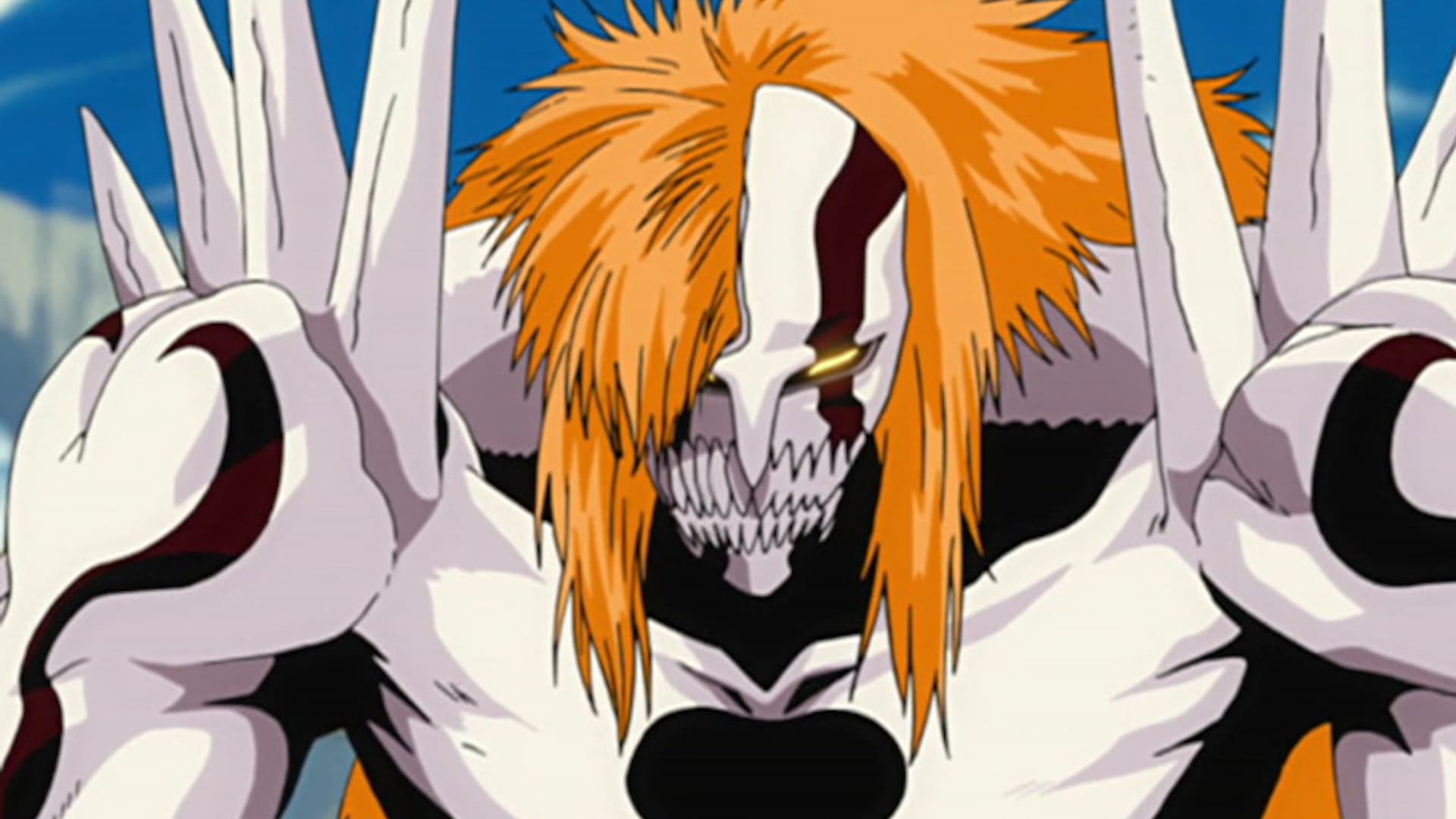 |
| Imagine if the Hollow from Bleach opens their masks up to reveal the Demogorgon's face. |
 |
| This but less Emo. |
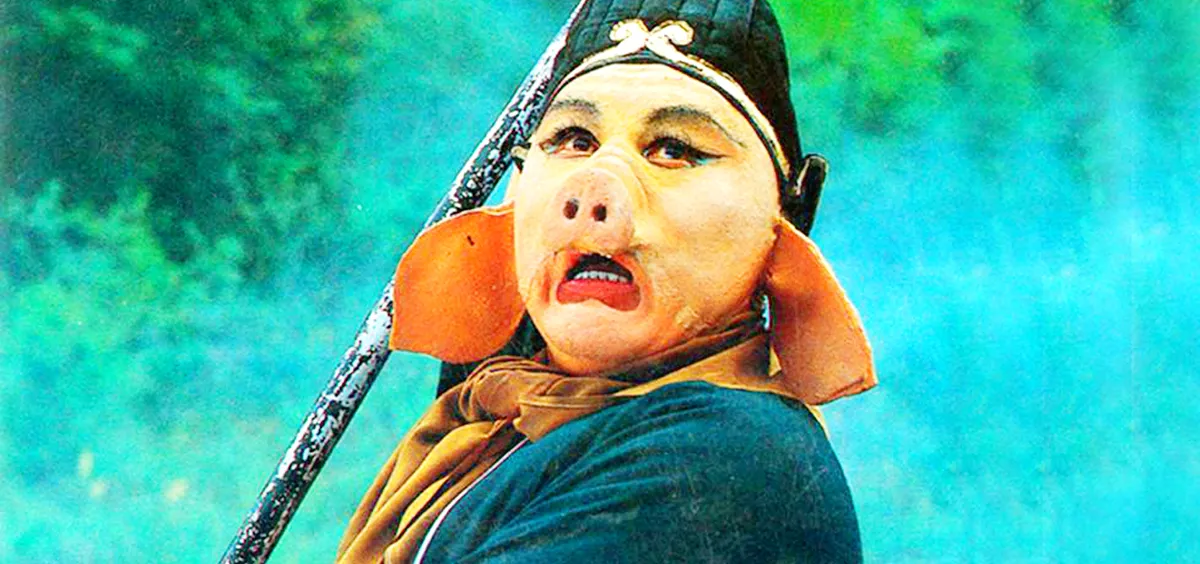 |
| Zhu Bajie always freaked me out. |
Dungeons and Dragons 5e in PSYCHOPOMPS
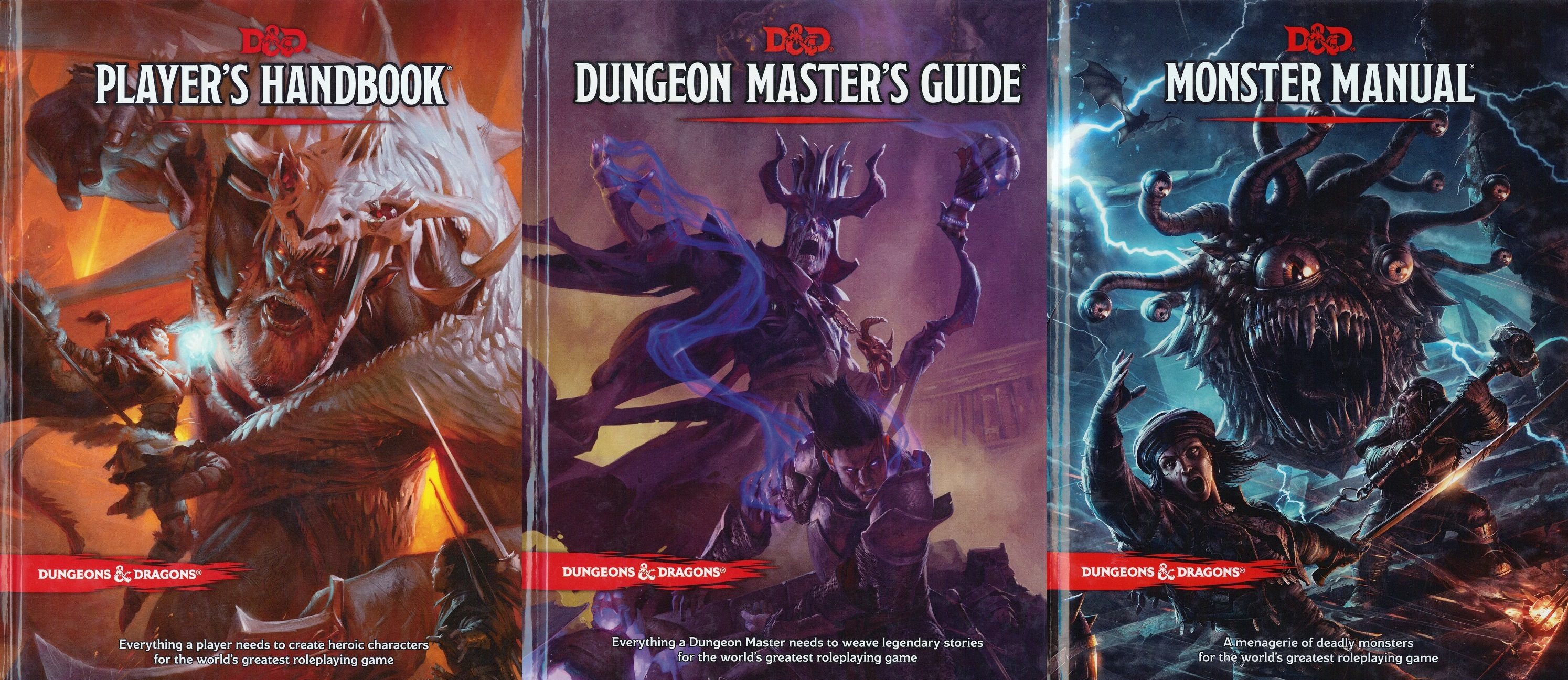 |
| I'm not the biggest fan of the DND 5e art. It seems a bit too generic fantasy for my liking. |
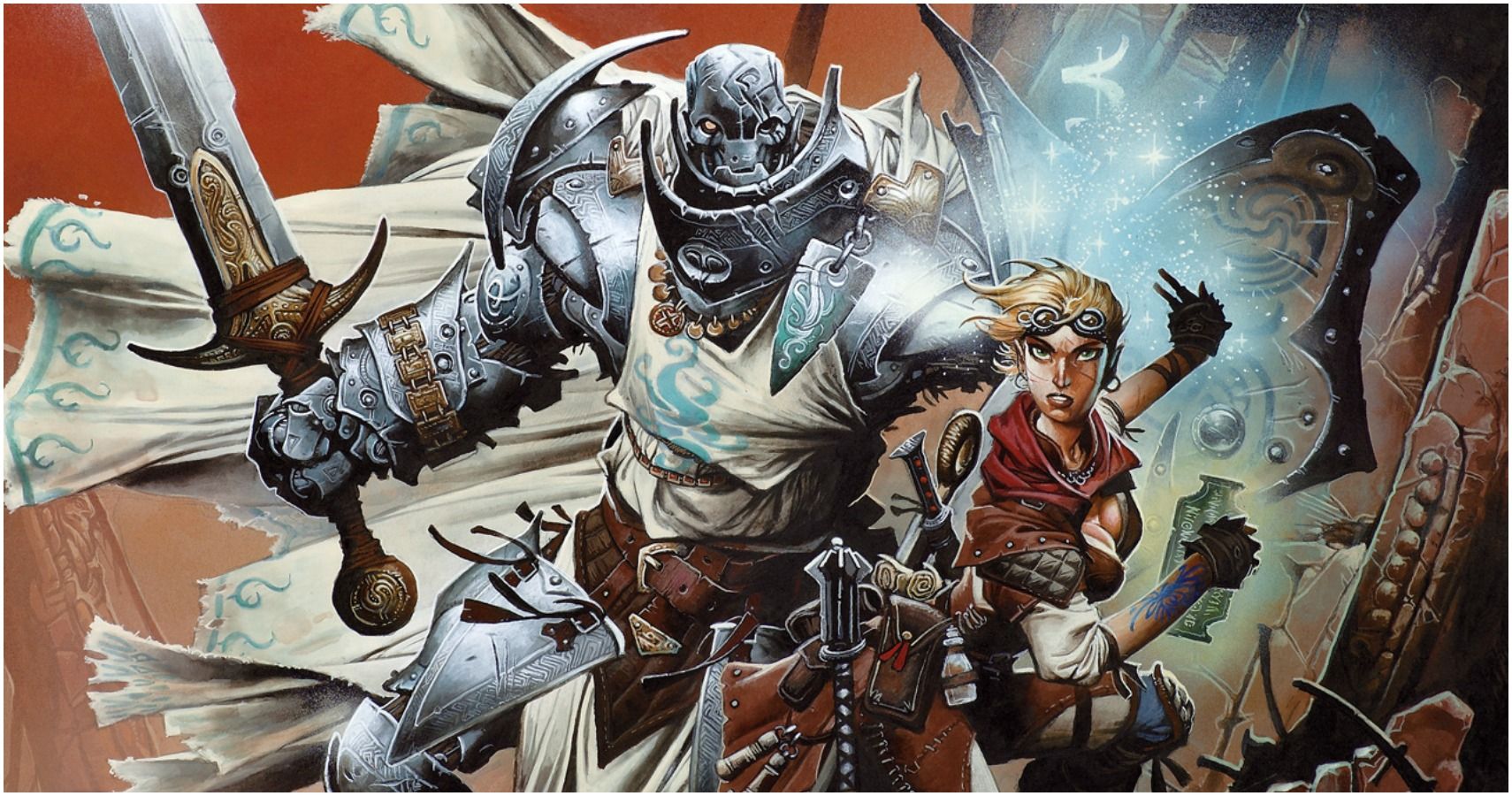 |
| The fourth edition Warforged is almost perfect as a Deva. Just replace the metal with stone and add a halo of nuclear fire. |
Introduction to PSYCHOPOMPS
PSYCHOPOMPS is a setting that I developed for tabletop role-playing games, a fictional world in which I am able to play with the aesthetic...
